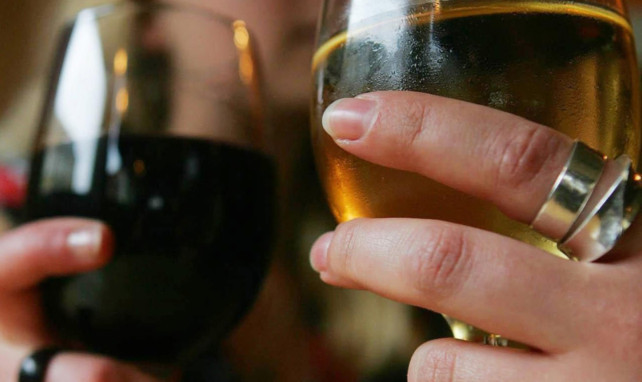People as young as 24 are being diagnosed with alcoholic liver disease in Scotland.
Across Tayside, Fife and the Forth Valley more than 60 people under the age of 30 have been diagnosed with alcoholic liver disease since 2008.
The figures, obtained through a Freedom of Information request, show Scotland is still struggling to shake off its “sick man of Europe” tag.
Only Hungary has a higher rate of deaths caused by alcoholic liver disease than Scotland.
Vered Hopkins, lead officer with the Dundee Alcohol and Drug Partnership, said: “The key issue is the culture towards alcohol. People forget it is a strong drug with serious consequences if overdone.
“Drinking in moderation is a good thing and we would like to encourage that. However, there is a real issue in that people who drink tend not to do it in moderation.”
Ms Hopkins said the Scottish Government’s planned minimum pricing for alcohol will reduce the toll it takes on the population but it is not a solution in itself.
She also warned that people who drink at home rather than in pubs and clubs may be more likely to drink to excess as they will underestimate measures.
“The statistics are very worrying but it’s not just younger people drinking too much, it’s everyone,” she said.
A report by the Office for National Statistics, published on Tuesday, showed people aged 16 to 24 are most likely to drink to excess, with 27% admitting to consuming more than 12 units (men) and nine units (women) at least once a week.
For men, binge drinking is consuming more than eight units while for women it is just six.
In Scotland, mortality rates for chronic liver disease peaked in 2003 and have been declining since. However, they remain almost 60% higher than they were 30 years ago and 70% higher than the UK average.
Scottish public health minister Michael Matheson said: “The death and suffering caused by chronic liver disease is far too high and much of the blame lies with our relationship to alcohol.
“Cheap alcohol comes at a cost to our nation’s health and we need to reduce the toll alcohol is taking on our society.
“It is unacceptable to see that Scotland ranks amongst the worst countries in Europe for chronic liver disease.
“Alcohol misuse costs Scotland £3.6 billion per year. That’s £900 per adult that could be put to better use.”
